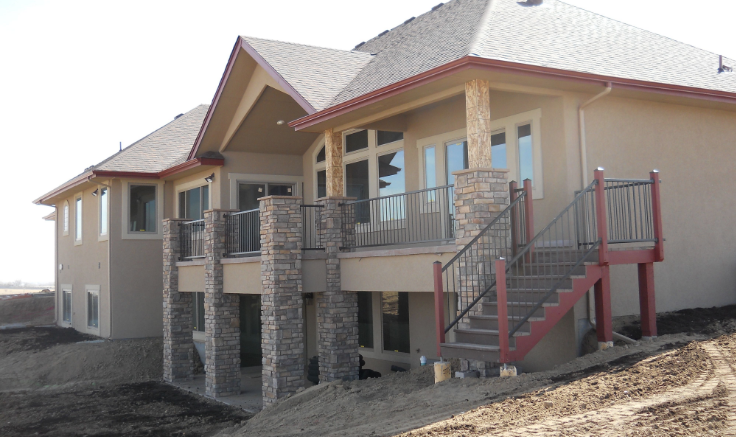The Biggest Reasons Stucco Fails

Stucco is a low maintenance but durable exterior finish that’s been enhancing the beauty and value of homes for centuries. Made from cement, lime, and sand, stucco is a unique material that— unlike vinyl or fiber siding— is porous, and therefore prone to cracking. In addition, stucco can retain water. That can lead to a number of issues including paint failure and mold. Improperly mixed material and installation during temperature extremes can contribute to the material’s failure, but if you’re considering stucco for your home’s exterior finish, keep in mind: the root of most stucco problems is the failure to implement the systems necessary to protect it from absorbing moisture.
Let’s look at the top five reasons stucco fails:
- Doors and/or Window Sills Installed Incorrectly. Improper window and door installation is the number one reason stucco fails. When Installing new windows and doors, it’s critical to include a layer of water-resistant paper underneath the sill and frame where water can get trapped, leading to structural damage and mold. Effectively protecting your stucco finish from moisture will prevent cracking and eventual decay.
Faulty Sealing of Electric Outlets and Vents. Like windows and doors, dryer vents, light fixtures, piping, and outlets must be carefully installed to prevent moisture from penetrating stucco. These openings should seal from the inside out and have appropriate water management systems on all sides.
Improper Flashing Installation. Inexperienced or sloppy stucco contractors may not know or care enough to ensure that adequate flashing is installed to protect your home’s stucco finish from moisture damage and deterioration. Special one-piece, molded plastic or metal pieces— called “kick-out flashing diverters”— are needed between vertical walls, at roof ends, in the exterior corners of a chimney’s shoulders and hips, and near fascia boards where gutters will be placed. It is the stucco contractor’s job to be sure that this type of flasher is installed in all these locations, as well as at the lowest interior corner of the structure, to adequately protect the stucco finish from moisture.
Inadequate Deck Installation. If you’re considering adding a deck onto your house with an existing stucco finish, talk to an experienced stucco inspector first. You need an experienced contractor who knows how to use rain screens, ledger board drip-cap flashing, barrier membranes, and other effective water management systems to minimize water damage.
Material Transition Issues. Places where stucco meets stonework, brick, concrete, or siding can be problematic if the joints where the two materials connect have not been adequately sealed. Faulty joints allow for moisture penetration as well as a cycle of contraction and expansion that can cause cracking.
When applied by a knowledgeable contractor, stucco is a versatile, classic exterior finish that will provide years of low-maintenance beauty and durability to your home. As a stucco installation contractor serving areas in and around Baltimore, Maryland, the Eastern Shore, DC, and Pennsylvania, Robey Incorporated has over 30 years of experience in commercial and residential stucco installation and repair services. From homebuilders to property management companies, we have the knowledge and experience to take on any project.
